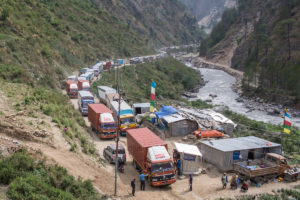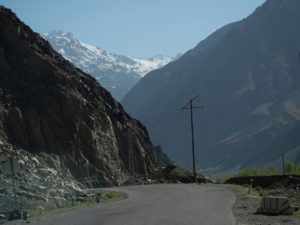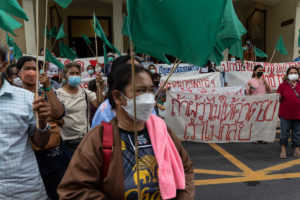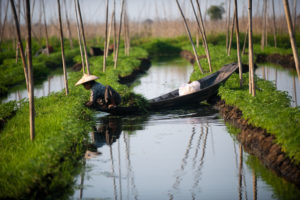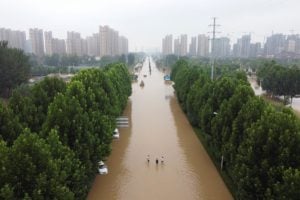Infrastructure development continued on a grand scale and at a rapid pace in South Asia and the Himalayas in 2022, as expected of a region with a growing, urbanising population. But as governments sought to bring much-needed roads, railways, energy and housing to their populations, some reaching remote communities, this too often had a detrimental impact on the environment and local communities.
In 2022, The Third Pole took a deep dive into how this process is happening. In doing so, we sought to illustrate both the massive demand for infrastructure, as well as how – in the booming market – laws and regulations are often ineffective in managing a safer and cleaner path to prosperity.
We have explored how roads are being built in fragile areas of the Himalayas in a way that exposes local residents to increased pollution; how dams threaten entire ecologies and communities’ ways of life; how projects are not being designed with the impact on wildlife in mind; how reliable access to electricity may come at the cost of increased air pollution; and how urbanisation can worsen increasingly severe heatwaves.
Here are four of the most important stories we published about infrastructure projects across the Himalayas and South Asia in 2022.
The river in northern India being hollowed out for concrete

Monika Mondal, February
Sand is one of the world’s most in-demand natural resources. Fifty billion tonnes of sand is used globally every year, in land reclamation and to make concrete and asphalt. But not all sand is created equal: the construction industry needs the coarse sand and gravel that is pulled out of riverbeds. As the world demands more and more riverbed material to build roads, dams and skyscrapers, its monetary value has rocketed. In tandem, so has illegal riverbed mining.
This investigation into what is happening to the small Gaula River in Uttarakhand, northern India, reveals what this global dynamic means on a local scale. We documented the river being plundered for sand and gravel at a rate far beyond what experts say can be naturally replenished. This has repercussions not only for riverine ecosystems, but also for flash flooding, erosion of homes and farmland, and groundwater.
While mining is technically allowed to a depth of three metres, labourers told our reporter they were unaware of this, and that they dig until they reach water. With the sand trade a dangerous area to investigate, particularly for journalists, this is an important insight into a damaging and poorly regulated world.
Read the full story here.
Heavy toll of development frenzy on Karachi coast
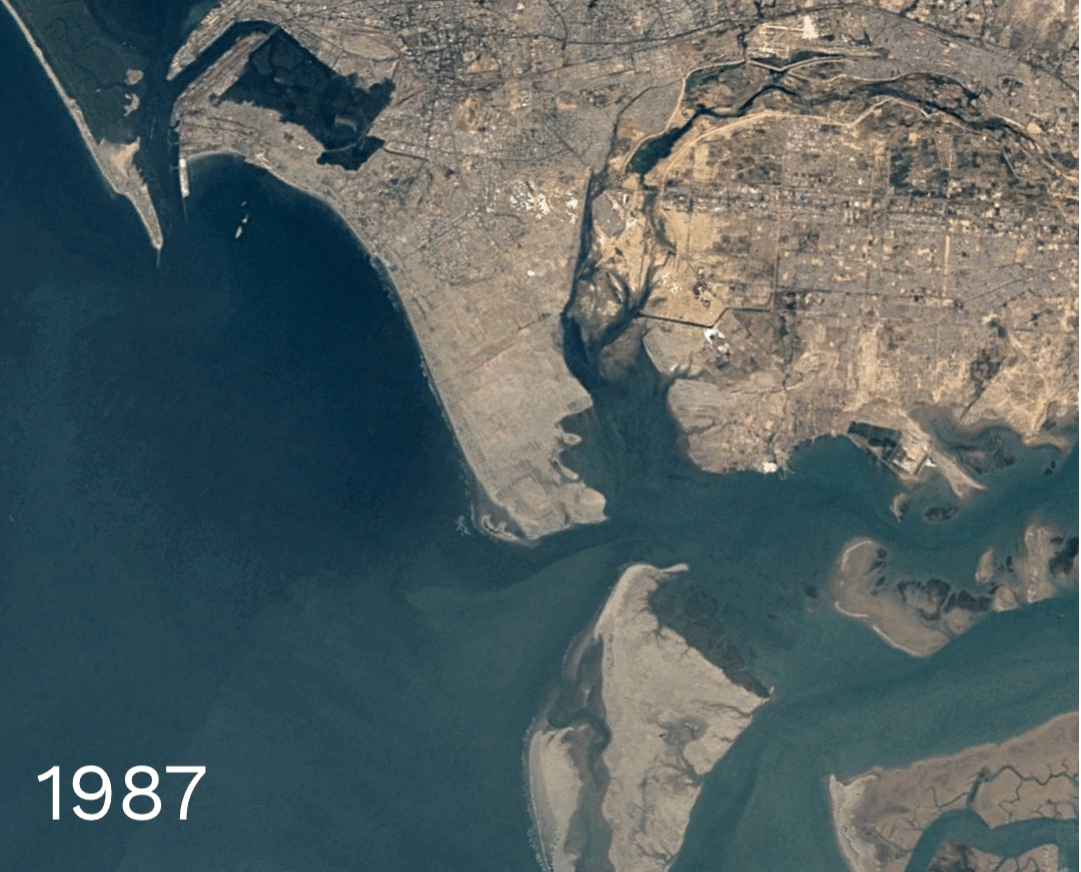
Oonib Azam, August
Our next story is an in-depth investigation into the huge area of land that has been reclaimed from the sea in Karachi, on Pakistan’s coast. In 36 years, our reporter calculated, 11 square kilometres of one tidal estuary have been filled in. This has created land for luxury housing, golf resorts and entertainment venues to be built by the Defence Housing Authority (DHA), a real estate developer owned by the Pakistani military. These are the most expensive places to live in Pakistan’s largest and most expensive city.
The project has attracted increased scrutiny in recent years, as the DHA’s latest phase sprawls over a roughly 20 sq km area of land bounded by the Arabian Sea and Gizri Creek, which was not originally in its original masterplan. This has had a devastating impact on mangrove forests around Karachi, and has affected the fishers who depend on the creeks being able to sustain populations of fish and prawns. Meanwhile, there are concerns that the land reclamation has left Karachi highly vulnerable to disasters such as tsunamis, with no natural buffers between the coastline and high-rise buildings.
Read the full story here.
Extension of CPEC to Afghanistan could link infrastructure across continent
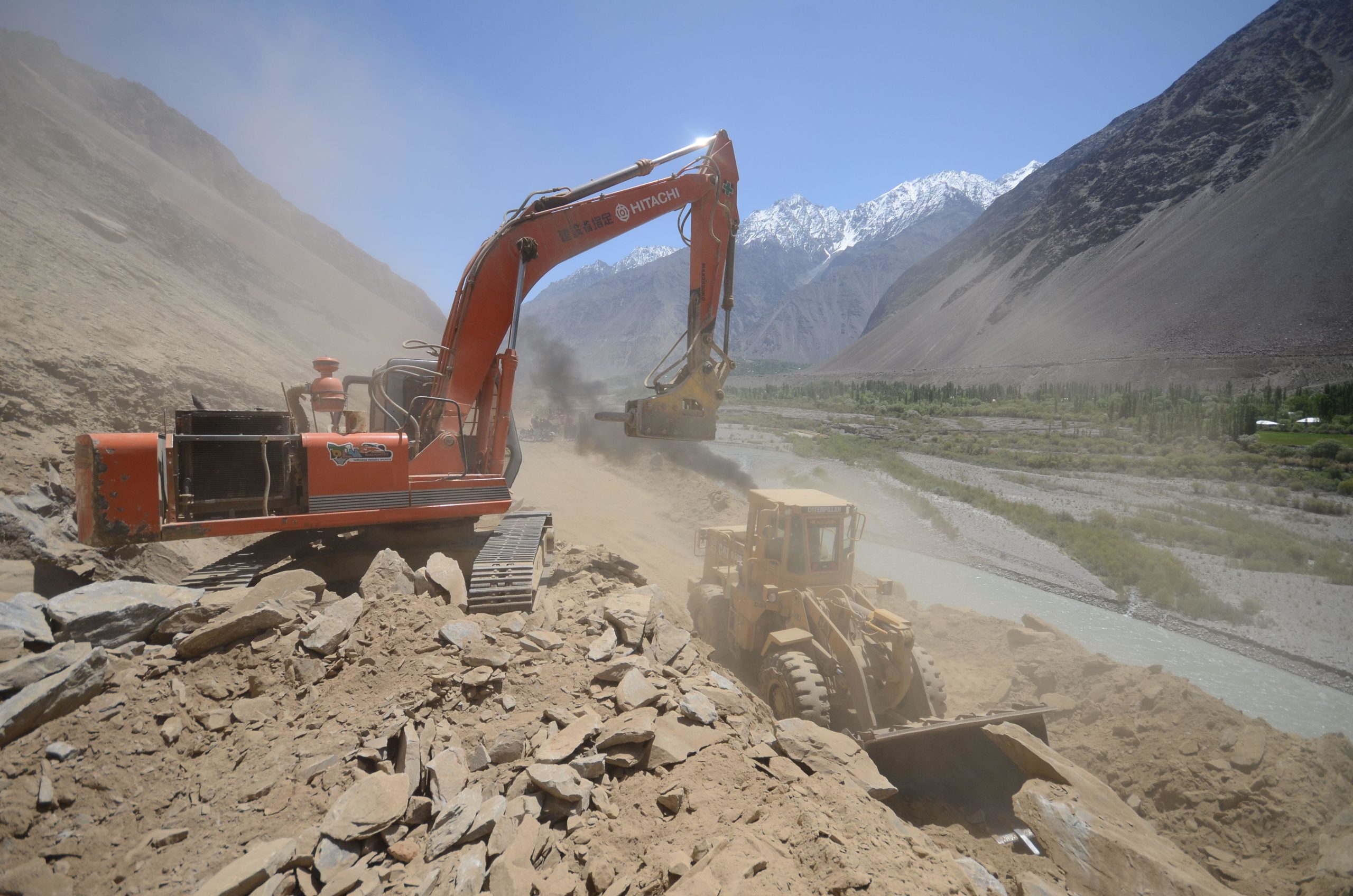
Zofeen Ebrahim, September
Who develops infrastructure and where in South Asia is a matter of intense geopolitical interest. This story, which confirmed that China wants the China-Pakistan Economic Corridor (CPEC) to be extended into Afghanistan through exclusive interviews and conversations, therefore provided important insights for many observers within and outside the region.
CPEC is an estimated USD 62 billion bilateral agreement between China and Pakistan to build transport networks, energy projects and special economic zones, financed by China. Pakistani ministers told our reporter that it will be extended, with a motorway to be built between Peshawar and Kabul, going on to Uzbekistan. A Taliban spokesperson revealed that a railway line between Uzbekistan, Afghanistan and Pakistan will also be constructed.
Experts were keen to point out to The Third Pole that despite offering trade and development opportunities, CPEC projects have rarely considered climate and environmental issues. With the railway potentially passing through the high-altitude Salang Pass, there is a need for “honest environmental assessments”, we heard.
Read the full story here.
‘A waste of time and money’: Why are environmental assessments so ineffective in Nepal?
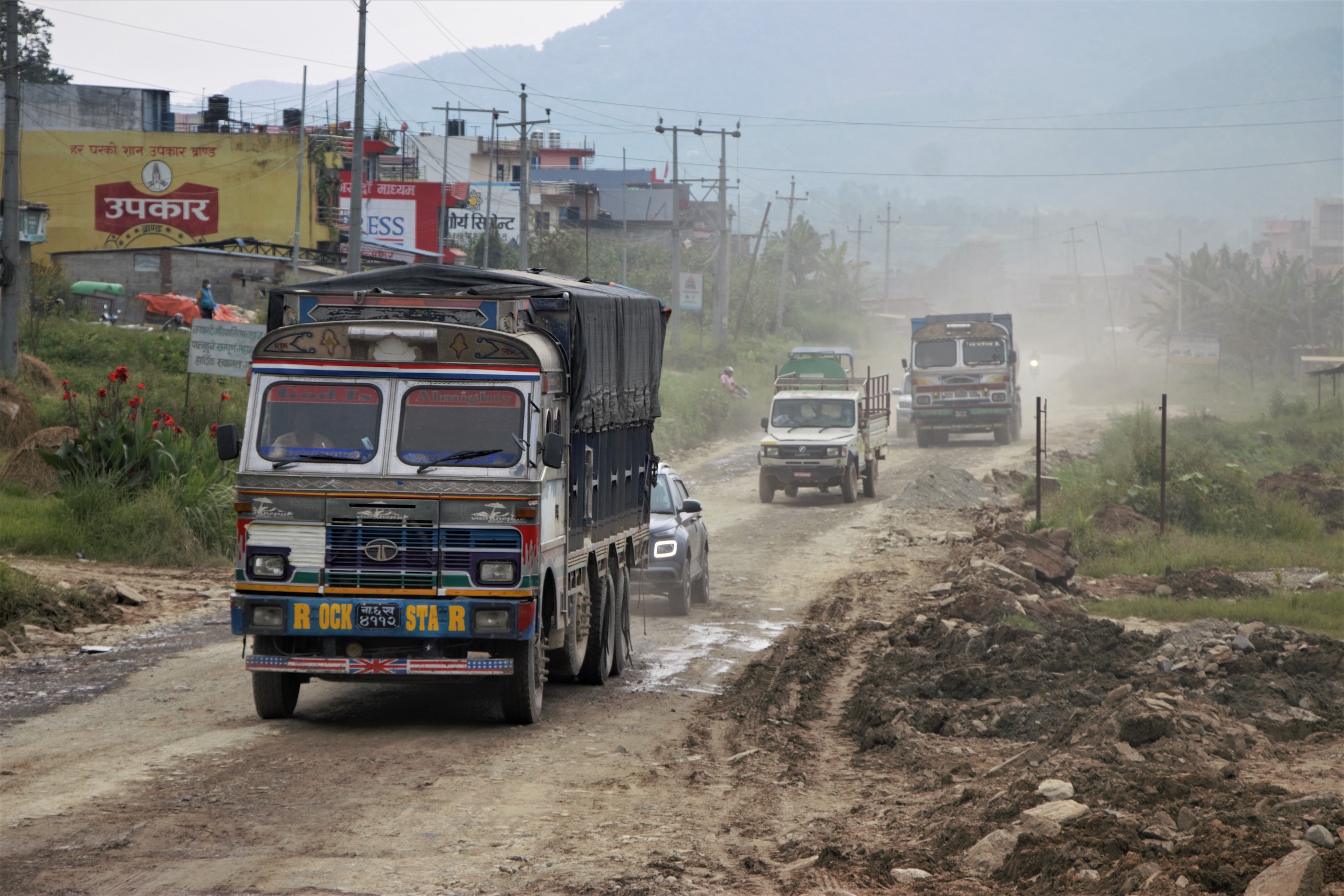
Ramesh Bhushal, November
Nepal has laws in place that aim to reduce the negative impacts of infrastructure projects on the environment and local communities. Yet consistently, reporters document just these kind of harms resulting from infrastructure in the country – a problem seen across the Himalayan region.
To find out why, our Nepal editor Ramesh Bhushal took an in-depth look at environmental impact assessments (EIAs). Any company or government body planning a major infrastructure project is required by law to conduct an environmental impact assessment (EIA), or an initial environmental examination (IEE). These reports are supposed to assess the impact of a project, and how this could be reduced or mitigated. Yet, we heard from officials, EIAs have been “of a low standard” and “failed to serve their purpose”.
Seen as a box-ticking exercise, the implementation and monitoring of EIAs has been weak, we learned. For instance, pollution mitigation measures proposed before the expansion of the Pokhara-Mugling Highway (pictured above) in western Nepal, such as water sprinkling and air pollution monitoring, were nowhere to be seen when The Third Pole visited the project site.
Read the full story here.


